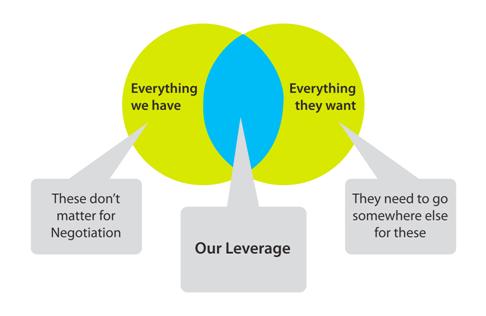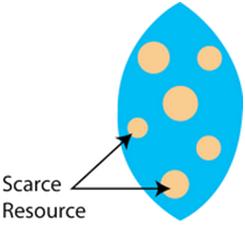Recently, I was flying on a plane and saw an ad for the Lamborghini-Aventador pen in airline’s inflight magazine. I know Lambo = expensive, but thought their pens may be affordable. So, checked out the price – it was a whopping $995.
Sure, it must’ve been made using expensive materials, but that didn’t sound like the main reason for such a high price. After some reading, I found out that the pen is made in a limited quantity and has the limited edition number on top of the cap. Hmmm .. that certainly drives the premium people pay for this pen, on top of the brand value associated with Lambo. If I want to give a gift to someone I respect & value a lot, I would certainly consider this pen since the respect will duly be delivered with the gift.
Scarcity effect is the tendency to want more of a resource when you feel that that resource is scarce. Since we think supply is going to run out, we tend to overpay for, buy early, over consume and/or stock up on that resource. In some sense, this is factored in the supply-demand equation of everything that is bought & sold and drives their prices & availability.
How can you leverage the scarcity effect while you are negotiating?
Lets go back to our picture that roughly showed you what your leverage was. For convenience, we’ve posted it below again:
It’s very clear that whatever that you have, represented by the blue oval is what you have to offer, that the other party needs. The topical question really is .. how do you transform this oval into an oval container with scarce resources – something like this:
It turns out that there are some techniques. Now, be aware that every situation is different and there are no boilerplate templates for negotiations. These techniques need to be looked at as tools, rather than the solution. Now, a quick review of these techniques:
Never lose potential sales using Apptivo’s Opportunities App
1. Competition
When two or more parties compete, you win. (Not intended to repeat the lending tree commercial)
Can you bring in another party who will want the same resources you have? It doesn’t matter if they will pay more or less than the other party. Creating a situation where two or more parties compete for your resources is the best way to make them scarce.
2. Deadlines
When time is running out for the other party, your resources are scarce for them. They need to hurry to get possession, else someone else might get them, which could leave them in an even worser situation.
Deadlines in combination with Competition can be extremely helpful for you, the possessor of the perceived scarce resource.
Deadlines can be imposed in conjunction with other things. You can say, that you will take some of the items on the deal table off, if the deal is not closed by a certain day
3. Walkouts
Take it or leave it.
In this situation, when you decide to leave, the other party should feel that it’s credible. That is, if you are using this technique to get them to budge. This means, at least in their minds, they should believe that you don’t have much to lose in a “no deal” situation.
Happy Negotiating! And finally, know when to walk away from a deal.




